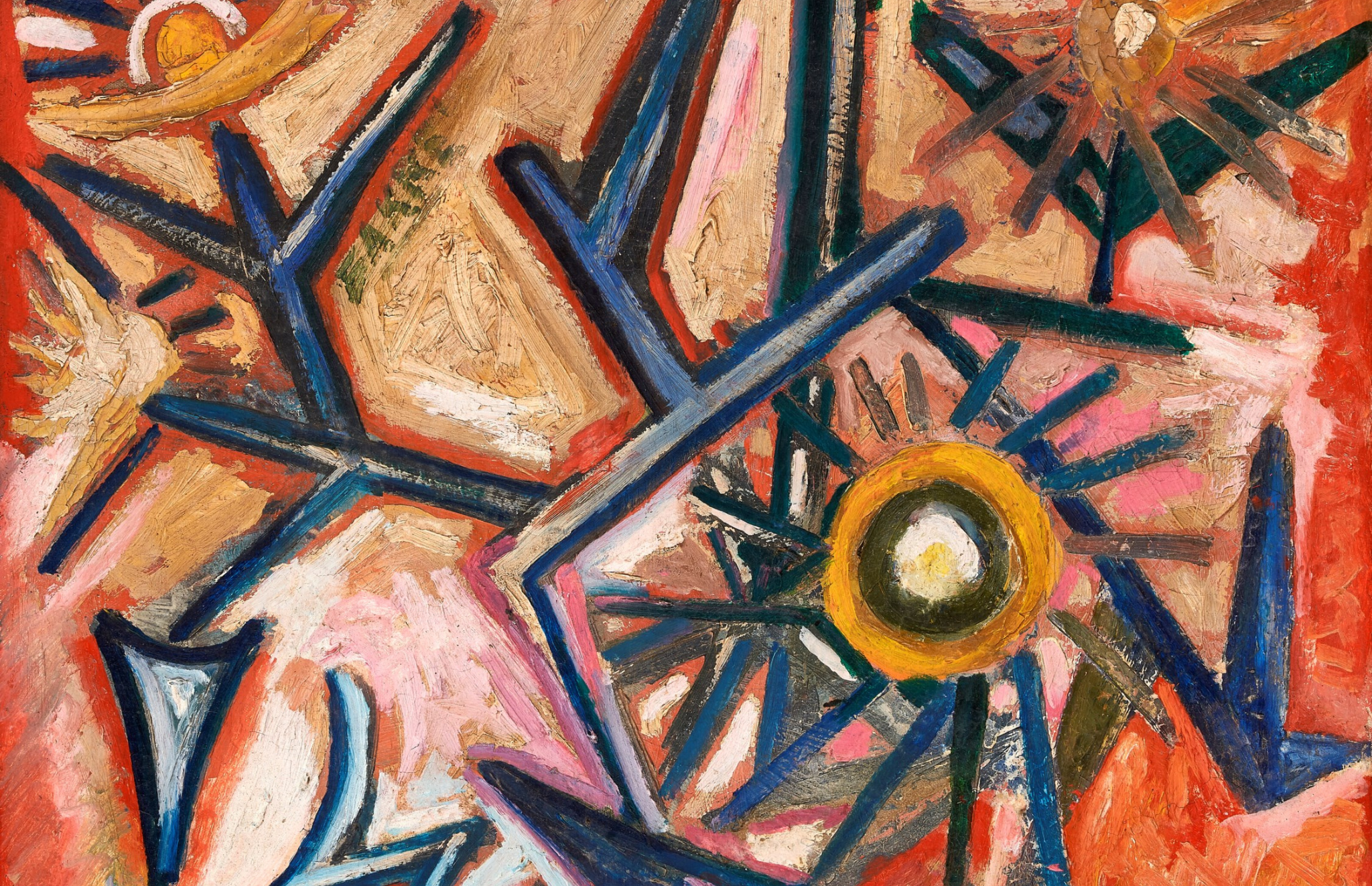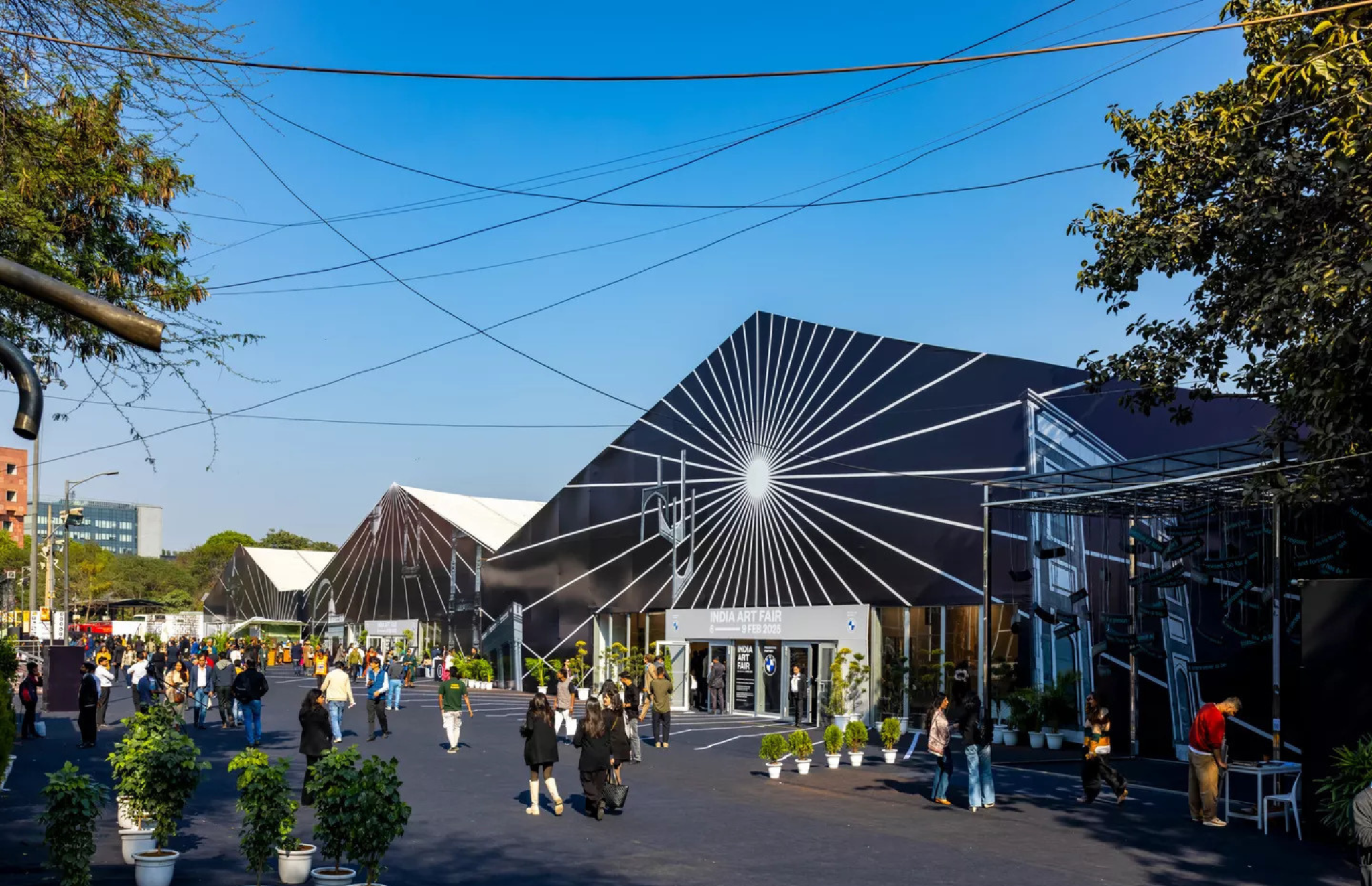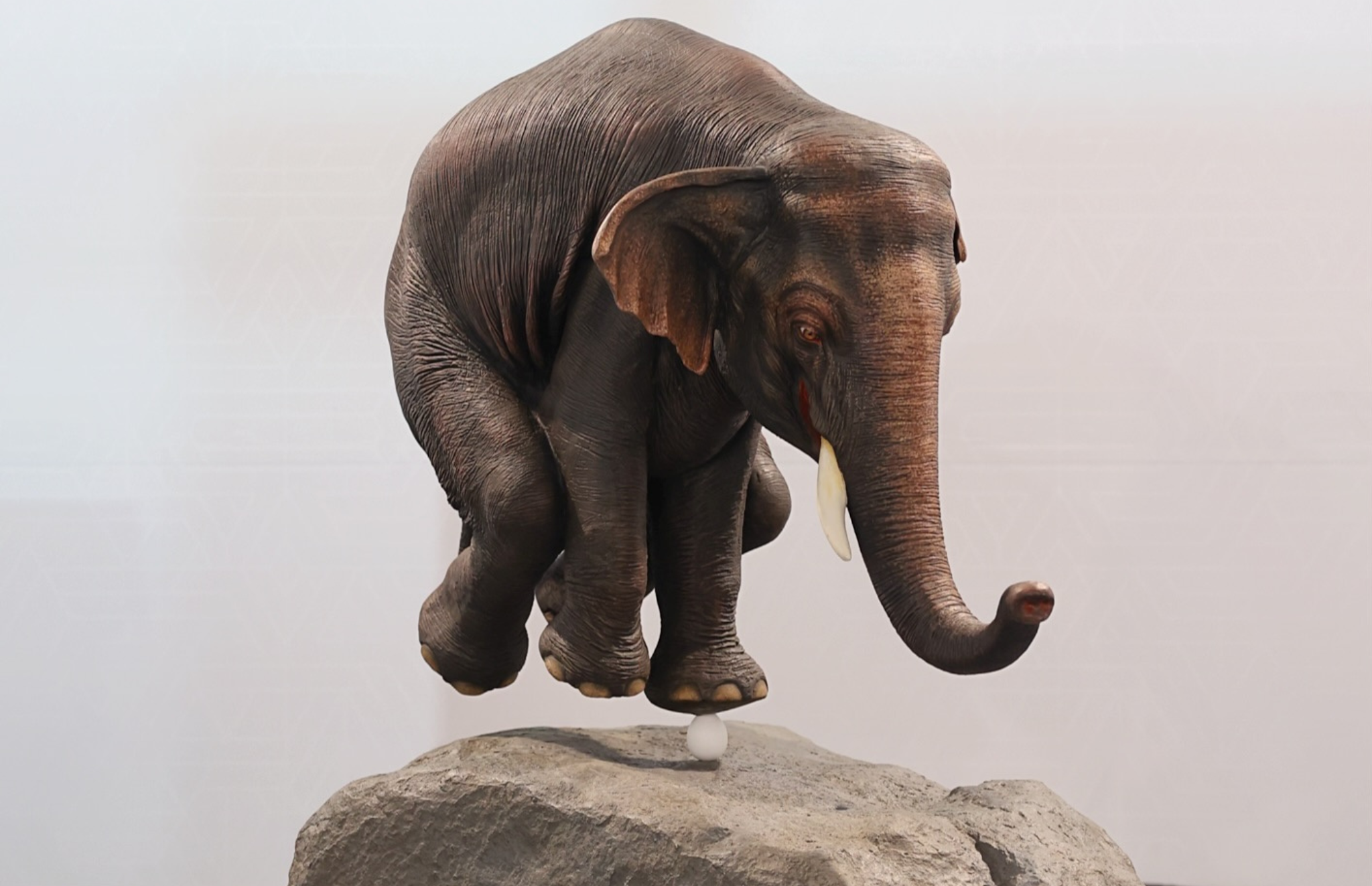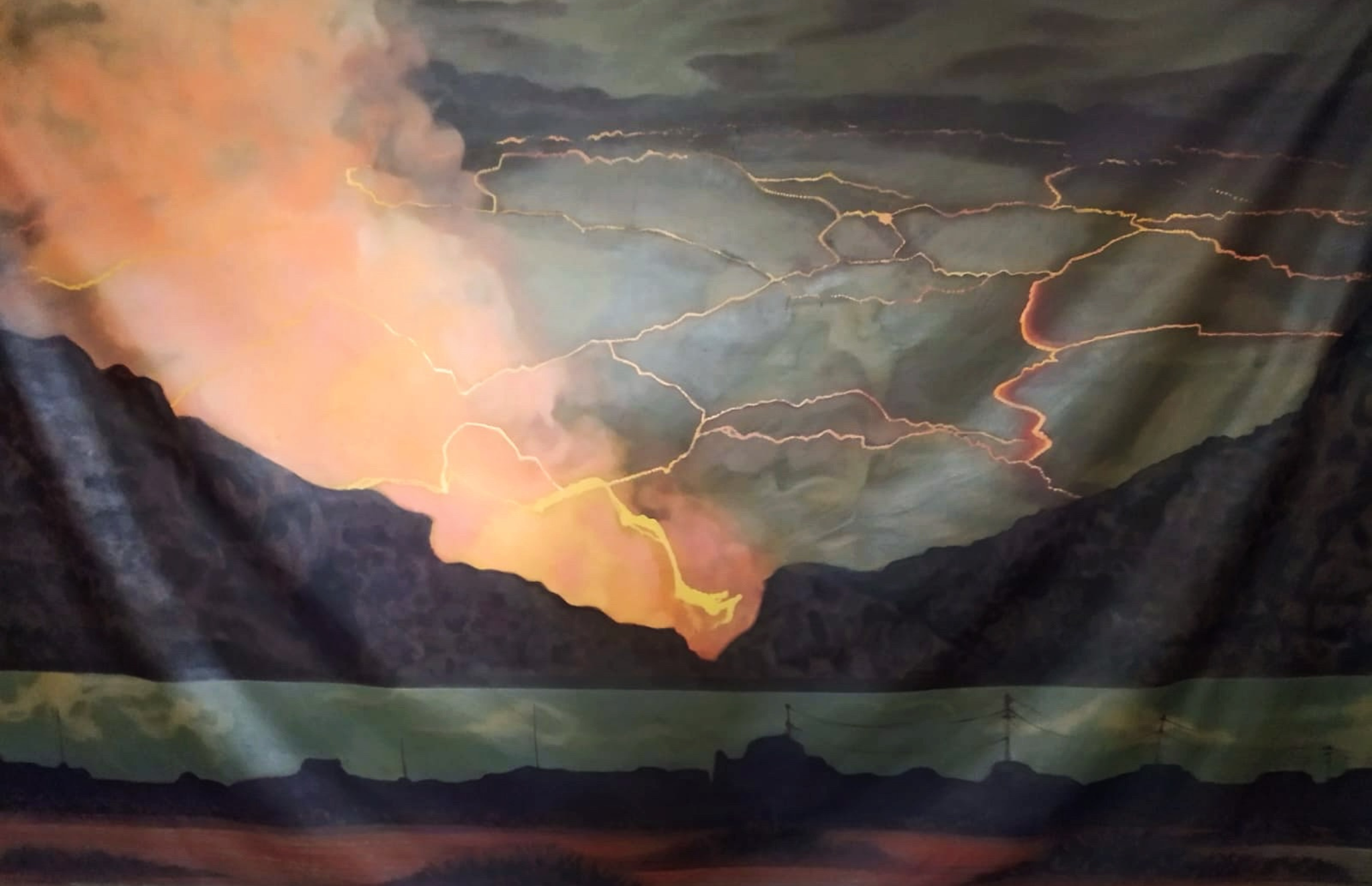MYSTICAL JOURNEYS: EXPLORING LEH, LADAKH’S ANCIENT MONASTERIES AND CULTURAL HERITAGE
A place where the tranquillity of the mountains speaks louder than the words. A place where, at dawn, the first rays of sunlight reveal a land of serenity and spirituality intertwined amidst its spectacular landscapes. This place nestled in the Himalayas’ foothills is Leh, Ladakh.

The photographs I captured in the ancient monasteries with Buddhist prayer wheels, Stupas, and flat-roof mud-brick homes, showcase how time seems to stand still here. Travellers, photographers, and nature enthusiasts flock from all over the world to view the Himalayas’ untouched magnificence.

The architectural landscape of Leh, Ladakh, demonstrates the region’s rich cultural history. From the glorious Leh Palace — also known as Lachen Palkar Palace, a former royal residence that stands as a magnificent example of Tibetan architecture — to the numerous ancient monasteries scattered across the region, every structure provides insight into the region’s stories and traditions.
The monasteries, or Gompas, such as the iconic Alchi, Shey, Hemis, and Thiksey monasteries are architectural marvels and hold great spiritual and cultural significance. The monasteries follow traditional Tibetan Buddhist architectural styles and incorporate various geometric patterns and shapes in their designs.

Unlike most monasteries in Ladakh, which are perched on hilltops, Alchi Monastery, said to be the oldest and most famous monastery in the region, is located in a picturesque village along the banks of the Indus River. Alchi, founded in the 10th century by the great translator Rinchen Zangpo, is known for its unique Kashmiri-style architecture and exquisite wood carvings. The chorten carries traces of Kashmiri medieval architecture in the form of its lantern-like ceiling. On its exterior and internal surfaces, it has murals depicting Kashmiri Buddhist priests and Zangpo. The influence of Kashmiri art is also evident in the facial characteristics of the figures in the murals, featuring a predominance of red, white, and blue in the colour scheme.
One of the many cultural and religious sites in the area is conceptualized in the pictures I took here. It is part of the Shey Palace complex and what makes it special is the multiple-terraced structure to which the building owes the stability and liveliness of architecture. It is made of wood, mud, bricks, and stones which are easily available, and the structure comprises wide walls and flat roofs to accommodate the high and severe winter climate of the Himalayas. Inside there are perfect murals and frescoes on the walls, floor, and ceiling depicting Buddhist gods and legends and a huge copper statue of Shakyamuni Maitreya has been painted using natural colours.

The Hemis Monastery, one of the largest and wealthiest in Ladakh, is known for its annual Hemis festival. The festival commemorates the birth of Guru Padmasambhava, the founder of Tibetan Buddhism. It features vibrant masked dances, intricate thangka paintings, and the unfurling of a giant silk thangka once every 12 years.
Thiksey Monastery is a cultural and religious landmark in the area. It is known for being one of the most scenic monasteries in the area and is reflected in the image that I clicked of it situated on a hilltop. It offers panoramic views of the Indus Valley. A major highlight of the monastery is the 15-meter-tall Maitreya Buddha statue. The monastery complex includes various temples, stupas, and residential quarters, all adorned with exquisite murals and manuscripts.

Another attraction, the Shanti Stupa, is a striking white-domed structure located atop a hill in Ladakh — serving as both a Buddhist pilgrimage site and a symbol of global peace. Constructed by Japanese and Ladakhi Buddhist architects, it offers a placid view and offers a deep insight into Ladakh’s rich culture and heritage. The stupa has become a popular destination for pilgrims and tourists alike, attracting those seeking spiritual refreshment, cultural enrichment, and a profound connection to Ladakh’s dynamic history.
Apart from its architectural legacy, Ladakh’s traditional crafts also exemplify the region’s rich cultural legacy, with each piece a testament to the skill and expertise of the craftsperson passed down through generations. As you wander through Leh’s lively markets, you can have a look at the handicrafts that have methodically been perfected over decades. Pashmina shawls, known for their softness and warmth, are a must-buy. One shouldn’t miss out on checking out the carpets and traditional Ladakhi jewellery, they have exquisite designs and will add grandeur to your home and look.

Textiles woven by hand and products of carving and intricate designs depicted on the local furniture and other wooden accessories are artistic representations of the region. They are in demand as tourist attractions and sources of generating income for the region’s craftsmen.
This combined with the preservation of the vibrant markets makes it possible to ownership of a small piece of Ladakh that cannot be changed no matter how much time elapses.
From somebody searching for tranquility in the mountains, to true followers of Buddhism wandering in monasteries that were built centuries ago, to observing the Ladakhi lifestyle, this region is about looking for peace. Leh Ladakh, with its stunning architecture, intimate cultural connection, the sound of chanting monks, and the sight of flying prayer flags, exemplifies the best experiences one can have at the intersection of the tangible and ethereal worlds.
Photos and Text by Shalini Passi





